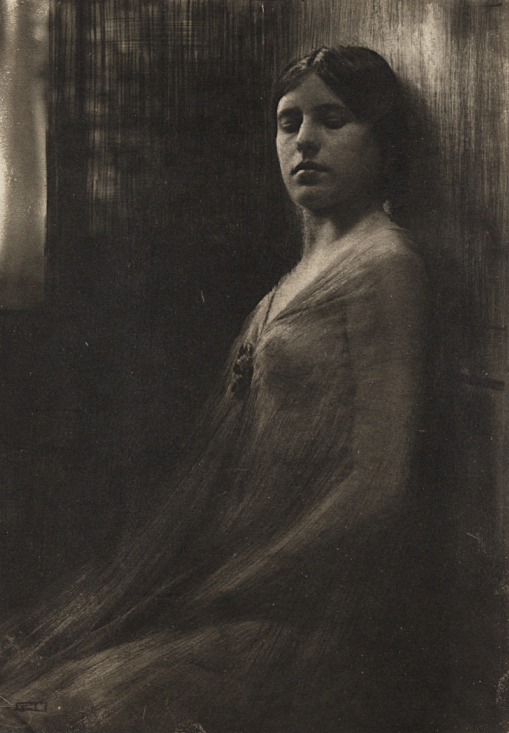|
Photozincography
Photozincography, sometimes referred to as heliozincography but essentially the same process, known commercially as zinco, is the photographic process developed by Sir Henry James FRS (1803–1877) in the mid-nineteenth century. This method enabled the accurate reproduction of images, manuscript text and outline engravings, which proved invaluable when originally used to create maps during the Ordnance Survey of Great Britain during the 1850s, carried out by the government's Topographical Department, headed by Colonel Sir Henry James. Basis The foundation of this method is the insolubility of bichromate of potash upon exposure to light, allowing the printing of images on to zinc from photographic negatives. Method At this time, high-contrast negatives were made using the wet plate collodion method (a solution of nitrocellulose in ether or acetone on glass). Once the negative had been made, a sheet of thin tracing paper was coated in a mixture of saturated potassium bichroma ... [...More Info...] [...Related Items...] OR: [Wikipedia] [Google] [Baidu] |
Domesday Zinco Somerset Glastonbury
Domesday Book () – the Middle English spelling of "Doomsday Book" – is a manuscript record of the "Great Survey" of much of England and parts of Wales completed in 1086 by order of King William I, known as William the Conqueror. The manuscript was originally known by the Latin name ''Liber de Wintonia'', meaning "Book of Winchester", where it was originally kept in the royal treasury. The ''Anglo-Saxon Chronicle'' states that in 1085 the king sent his agents to survey every shire in England, to list his holdings and dues owed to him. Written in Medieval Latin, it was highly abbreviated and included some vernacular native terms without Latin equivalents. The survey's main purpose was to record the annual value of every piece of landed property to its lord, and the resources in land, manpower, and livestock from which the value derived. The name "Domesday Book" came into use in the 12th century. Richard FitzNeal wrote in the ''Dialogus de Scaccario'' ( 1179) that the book w ... [...More Info...] [...Related Items...] OR: [Wikipedia] [Google] [Baidu] |
Henry James (Ordnance Survey)
Lieutenant-General Sir Henry James Fellow of the Royal Society, FRS Royal Irish Academy, MRIA (1803–1877) was a Royal Engineers officer who served as the director-general of the Ordnance Survey, the British Government mapping agency, from 1854 to 1875. Sir Henry was described by the agency itself as "perhaps Ordnance Survey's most eccentric and egotistical Director General".A brief history of Ordnance Survey , Ordnance Survey. Sir Henry spent most of his life working for the Ordnance Survey and after becoming its head he introduced the new science of photography. He also would later claim to be the inventor of the process known as Photozincography or Zinco. Sir Henry also played a part in the resolving of the battle of the scales. Career and early life Born in 1803 ...[...More Info...] [...Related Items...] OR: [Wikipedia] [Google] [Baidu] |
Parliament Of The United Kingdom
The Parliament of the United Kingdom is the supreme legislative body of the United Kingdom, the Crown Dependencies and the British Overseas Territories. It meets at the Palace of Westminster, London. It alone possesses legislative supremacy and thereby ultimate power over all other political bodies in the UK and the overseas territories. Parliament is bicameral but has three parts, consisting of the sovereign ( King-in-Parliament), the House of Lords, and the House of Commons (the primary chamber). In theory, power is officially vested in the King-in-Parliament. However, the Crown normally acts on the advice of the prime minister, and the powers of the House of Lords are limited to only delaying legislation; thus power is ''de facto'' vested in the House of Commons. The House of Commons is an elected chamber with elections to 650 single-member constituencies held at least every five years under the first-past-the-post system. By constitutional convention, all governme ... [...More Info...] [...Related Items...] OR: [Wikipedia] [Google] [Baidu] |
Photographic Processes Dating From The 19th Century
Photography is the art, application, and practice of creating durable images by recording light, either electronically by means of an image sensor, or chemically by means of a light-sensitive material such as photographic film. It is employed in many fields of science, manufacturing (e.g., photolithography), and business, as well as its more direct uses for art, film and video production, recreational purposes, hobby, and mass communication. Typically, a lens is used to focus the light reflected or emitted from objects into a real image on the light-sensitive surface inside a camera during a timed exposure. With an electronic image sensor, this produces an electrical charge at each pixel, which is electronically processed and stored in a digital image file for subsequent display or processing. The result with photographic emulsion is an invisible latent image, which is later chemically "developed" into a visible image, either negative or positive, depending on the purp ... [...More Info...] [...Related Items...] OR: [Wikipedia] [Google] [Baidu] |
Gum Bichromate
Gum bichromate is a 19th-century photographic printing process based on the light sensitivity of dichromates. It is capable of rendering painterly images from photographic negatives. Gum printing is traditionally a multi-layered printing process, but satisfactory results may be obtained from a single pass. Any color can be used for gum printing, so natural-color photographs are also possible by using this technique in layers. History and process overview Gum bichromate, or gum dichromate as it is also known, is a photographic printing process invented in the early days of photography when, in 1839, Mungo Ponton discovered that dichromates are light sensitive. William Henry Fox Talbot later found that sensitized dichromated colloids such as gelatin and gum arabic became insoluble in water after exposure to sunlight. Alphonse Poitevin added carbon pigment to the colloids in 1855, creating the first carbon print. In 1858, John Pouncy used colored pigment with gum arabic to creat ... [...More Info...] [...Related Items...] OR: [Wikipedia] [Google] [Baidu] |




